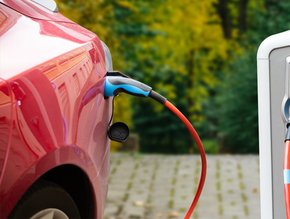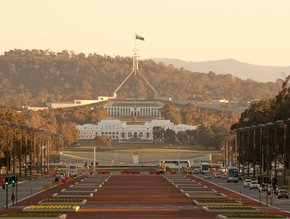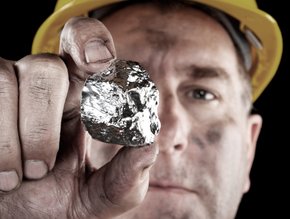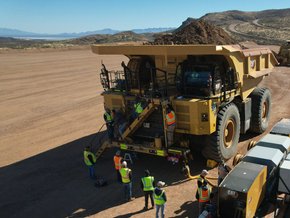Eva Copper Mine scheduled to be commissioned in late 2024

Total project expenditures at the Eva Copper project for the first half of 2022 are estimated to be around A$40 million and the project is scheduled to be commissioned in late 2024, according to an update from Copper Mountain Mining Corporation.
The company has formally approved the development of Eva, contingent on completing detailed engineering to at least 80%, which is expected to take approximately six months, project financing committed, and the lifting of COVID-19 restrictions in Queensland, Australia. Copper Mountain continues to advance project financing and expects it to close mid-2022.
The advancement of detailed engineering will minimise project execution risk and allow the Company to establish a more significant component of fixed-price contracts for major scope elements. The company also intends to place deposits on long lead capital equipment during this period. Current cash will fund the near-term project expenditures.
Total initial development capital for the project is estimated to be approximately A$836 million, including a contingency of A$76 million.
"Eva's project economics are strong and have improved compared to the May 2020 Feasibility Study," said Gil Clausen, Copper Mountain's President and CEO. "The current inflationary environment prevalent globally, particularly for some material and labour supply in Queensland Australia, has resulted in some Project capital cost escalation. We believe this impact will ease as the local economy opens fully after COVID-19 restrictions lift, materials flow regularly, and labour pressures relax over the next six to 12 months."
The project execution plan approach reduces development risk but will have a four to six-month extension to the original project schedule.
"We are excited to formally advance Eva, which is expected to add over 100 million pounds of copper production per year, given the ever increasing and important role copper will play in a green economy and the limited number of other copper projects currently in development globally," added Clausen.
Cost increases in steel, mechanical, concrete, and construction labour were the most significant drivers in the higher capital costs, particularly in the processing area. Raw material and finished equipment costs have been impacted by shortages as COVID restrictions remain tight, especially in Queensland.
Higher estimated infrastructure costs were mainly driven by an expanded camp facility, power infrastructure, and water development, with lower mining equipment costs marginally offsetting the overall higher capital costs in other areas.
The total life of mine sustaining capital in the December 2021 Update is estimated to be US$46.6 million, compared to US$33.8 million in the May 2020 Feasibility Study. This increase in sustaining capital is mainly due to higher sustaining mining equipment costs as well as appreciation in the A$ to US$ exchange rate.






